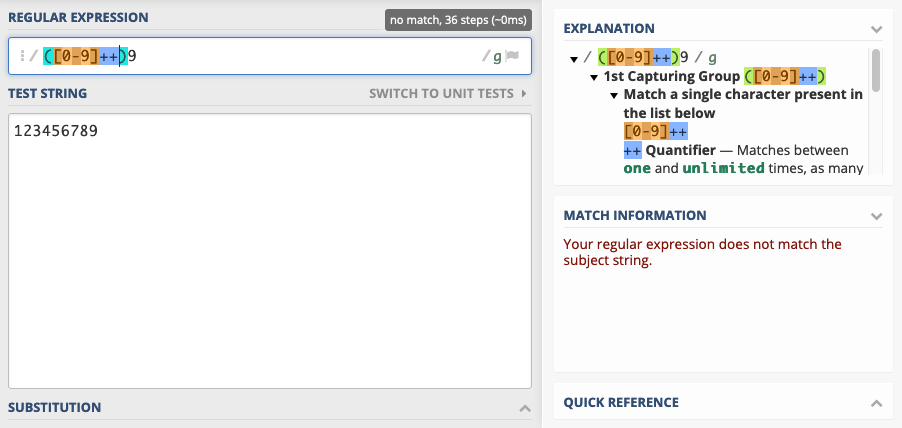

Let’s work on the first part of the definition. Now let’s start converting these guidelines into a valid regular expression.ĪLSO READ: Regex for Alphanumeric Characters Regular Expressions for Decimal Numbers Followed by a decimal point (not optional)īy following these guidelines, we can match any valid decimal number and exclude all unwanted characters.

Therefore, as pointed out here, we need to split the definition into two: However, the guidelines above will also match a single period (.) or a single sign (+ or -) all by themselves. This will match decimal numbers like “9.432” and “2343.7” and integers like “2” and “56” but also something like “34.” and “.65” which most people and computers are able to recognize as a valid decimal value.


 0 kommentar(er)
0 kommentar(er)
